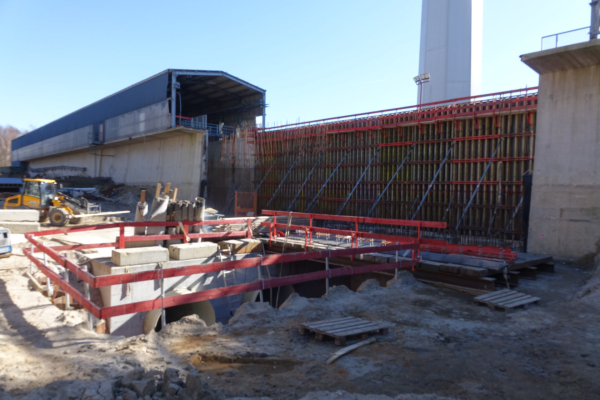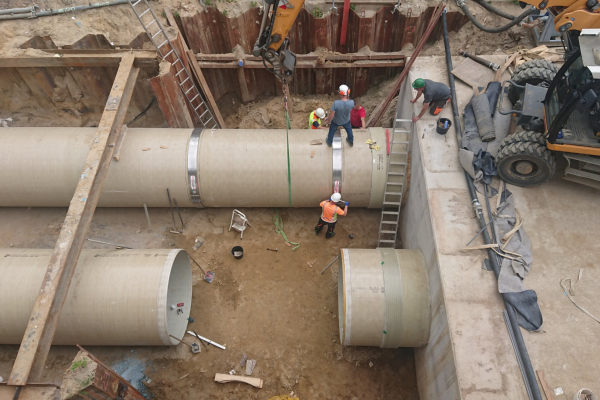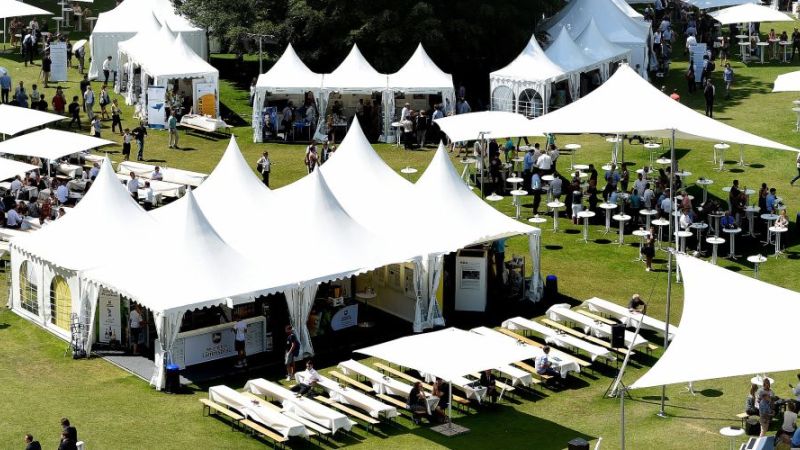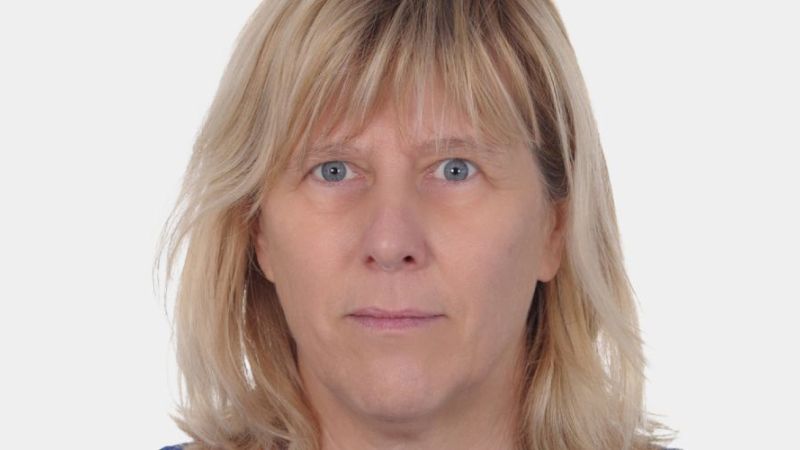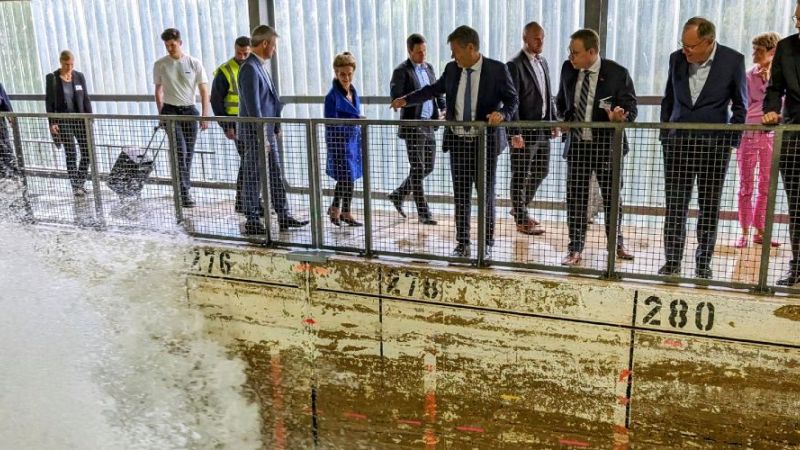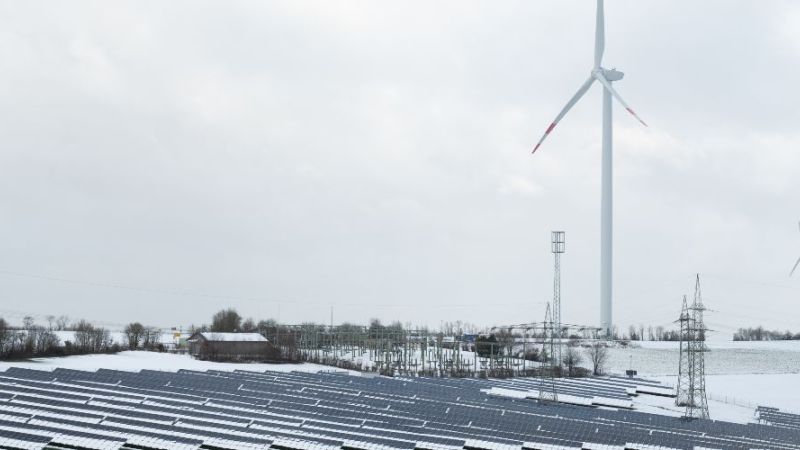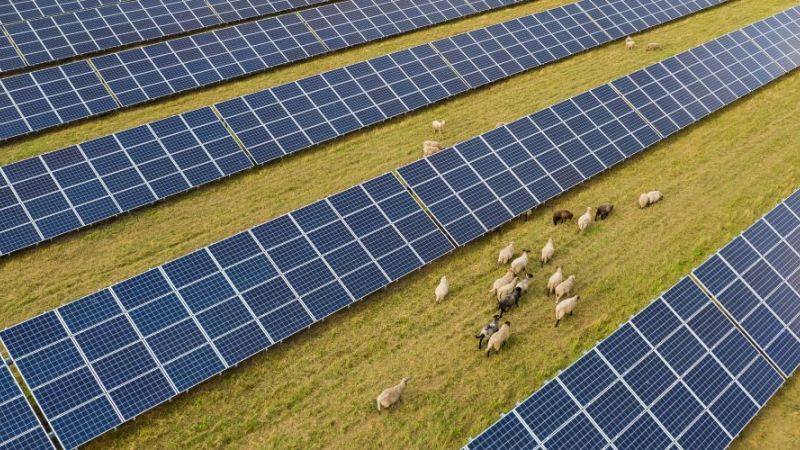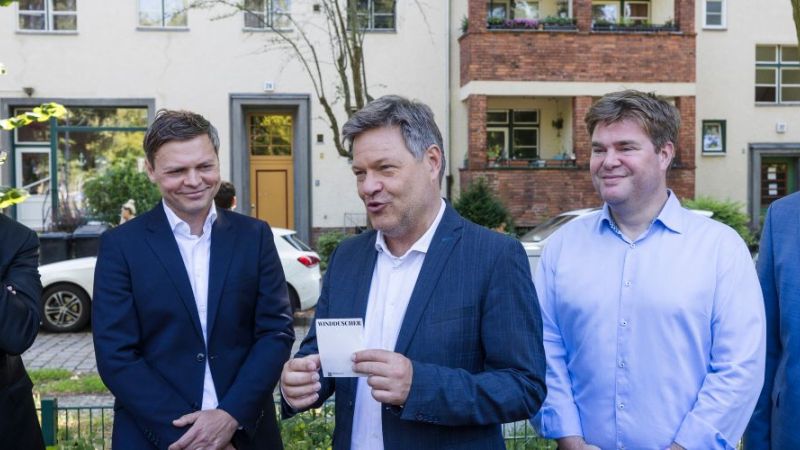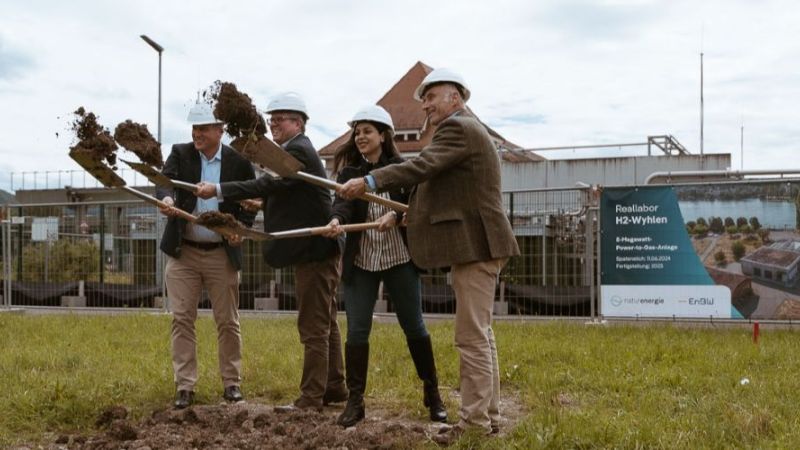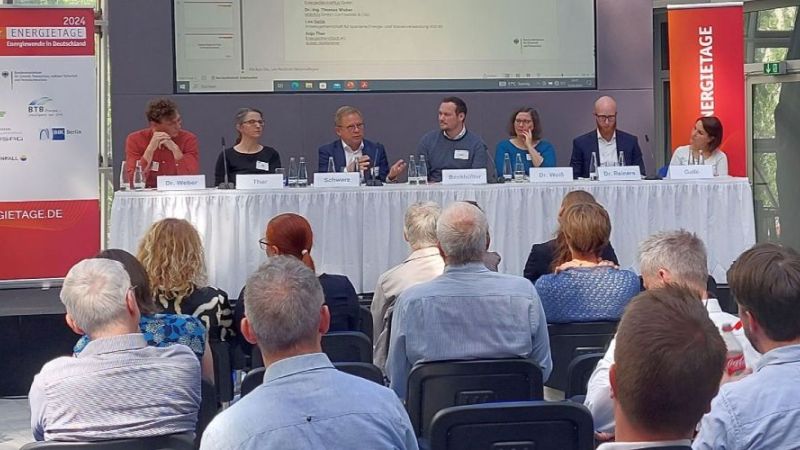 © Forschungszentrum Küste
© Forschungszentrum Küste
Wind energy
Control over the tides
Torsten Schlurmann Mission Electricity Transition 2045
INTERVIEW WITH PROF. DR TORSTEN SCHLURMANN
Modification of a construction that is unique in the world: the Large Wave Flume, built in 1983 with funding from the German Research Foundation, is now the Large Wave Current Flume, GWK+ for short. A new wave machine, a new deep section in the middle of the 300-metre-long channel and, above all, a new current generation system are the features of the expanded large-scale research infrastructure. Professor Torsten Schlurmann heads the marTech joint project, by which the modification was financed. The research work within the project will close knowledge gaps in the future and, above all, cover the needs of industry. In the interview, he talks about decision-making processes, impressive dimensions and upcoming research work.
Mr Schlurmann, in the extended wave flume you can now also generate tidal currents compared to normal waves, which you were able to generate before.
The combination of waves and currents is probably even the unique selling point of our large-scale research infrastructure. Many people around the world can generate waves in the laboratory, whether it's in China, Japan or the USA. But wave and current, we are the only ones on this scale. That is the outstanding novelty of the flume. And that is why we have also called it the "Large Wave Current Flume", or "GWK+" for short.
How do you technically implement the tidal current?
We have installed high-performance pumps that can pump a maximum of 20,000 litres per second. We generate this enormous current next to the flume and conduct it in a kind of recirculation through the bottom of the flume at one end. At the other end of the flume, the current is sucked out again and thus led in a circle, so to speak. We have developed this construction ourselves. Research had a great part in it. The underlying question was: What are the needs of the industry in order to better understand the design and lifetime of infrastructures for the energy transition? And the tidal currents play a major role in this.
In 2017, the modification was approved. How did the decision to expand the Large Wave Flume come about after more than forty years of operation?
We had a large number of requests in the 2010s when the first offshore wind energy phase really took off and the industry in Germany was developing. We were told: "Can you simulate the loads on offshore infrastructures in the German Bight? We want to plan designs and dimensioning more reliably and provide evidence. How strong does the steel need to be? How deep do I have to embed a structure in the ground? And how do these installations age in the harsh marine environment?" But we have not been able to simulate currents from the tidal movement in the German Bight. The industry then turned to well-known facilities in the Netherlands which could generate currents and waves simultaneously - even though it was a much smaller scale at 1:50. So we knew we had to do something to support the industry and provide action knowledge for the energy transition.
What scale can you now achieve with GWK+?
We are now in a position to examine 1:10 models and perhaps even 1:5 turbines under these needs identified by the industry. If you design a wind turbine with us, it will have a diameter of one metre and a height of ten metres. The necessary test setup and application of sensors and measurement technology can easily take up to four weeks. The experiments themselves may only last a few days, and then they are dismantled again for three weeks. Experiments at GWK+ are costly, but they are indispensable for gaining knowledge as we can create realistic conditions like those in the North Sea. We are already fully booked until 2025.
What insights do you expect from the extended Large Wave Current Flume?
We can generate the real tidal current, i.e. high tide and low tide, with varying water levels. At the same time, we can simulate a storm surge that generates a nature-like swell using a new wave machine in the channel. This is a globally unique research infrastructure, even more so on such a large scale. The insights lie particularly in the combination of waves and tidal currents. We can age offshore infrastructures - whether it's a wind turbine or any other turbine - in time-lapse. That means, we look at how wind turbines degrade over life cycles of 20, 30 years and when we therefore have to maintain and inspect them accordingly, like a kind of TÜV. At the same time, we can assess the consequences in the marine environment, at and around these turbines. For this purpose, the simulations with this large-scale research device are irreplaceable. This does not work in mathematical models and certainly not with a pencil on a piece of paper.
What are you particularly looking forward to when operations start?
Basically, I am looking forward to this event. You have to imagine, we had the first idea of planning or designing this facility in autumn 2015, but we have always been dreaming of it. After extensive planning, construction began in the summer of 2019, which means we built during the Corona period. Even without this special challenge, there were many imponderables that occur during the construction of a unique building, which construction companies are not used to either.
How long have you personally been working with the wave channel?
I have been working with the flume since I was appointed to Hanover in 2007. I have planned and supervised a wide variety of investigations, not only in focal points in the maritime world or on the topics that the Federal Ministry for Economic Affairs and Climate Action (BMWK) promotes. These investigations are, for example, many common questions in coastal engineering about the level of protection of sea walls and loads on infrastructures for flood protection.
Which project has particularly impressed you in the past?
One impressive project was about salt marshes. In 2015, we cut out pieces of salt marsh in the Dithmarschen region of Schleswig-Holstein, loaded them onto trucks and brought them to Hanover. There, we installed the salt marsh in the canal and carried out tests with real coastal vegetation: How robust are salt marshes and what services do they provide in coastal protection? How durable is the salt marsh as a result of repeated stress? How quickly does it age? I would never have thought before that I would be working with living plants in the Large Wave Flume.
The interview was conducted by Meike Bierther, science journalist at Project Management Jülich.

